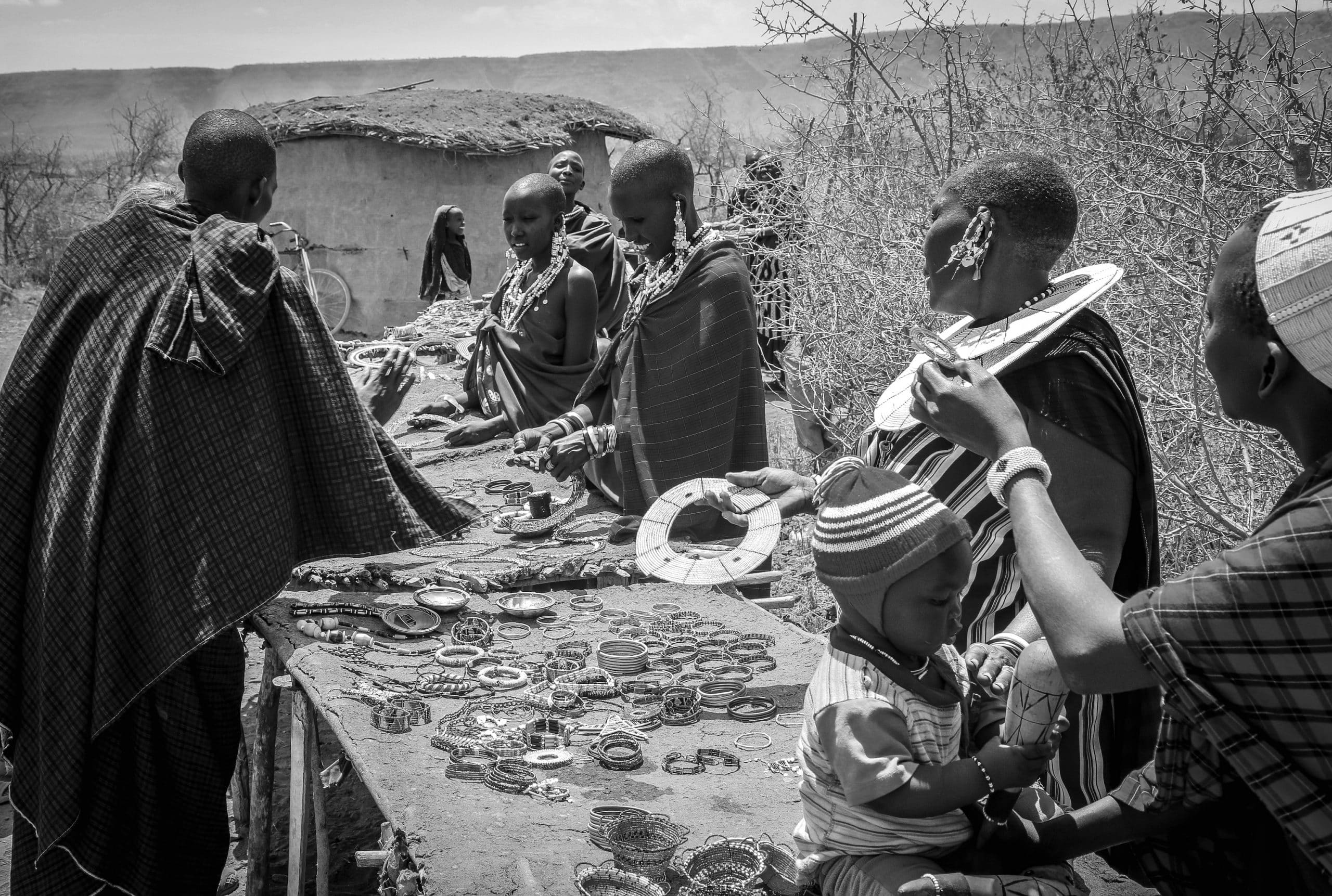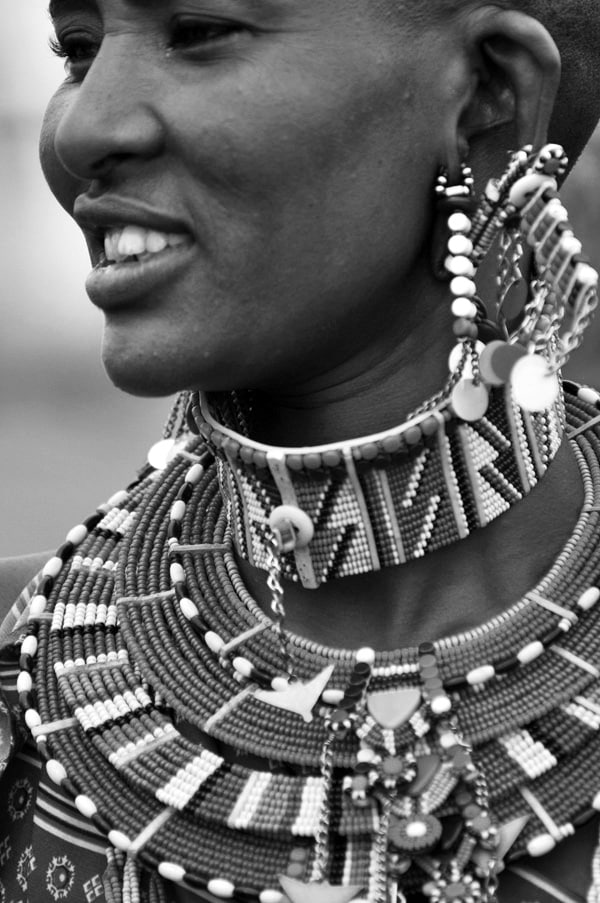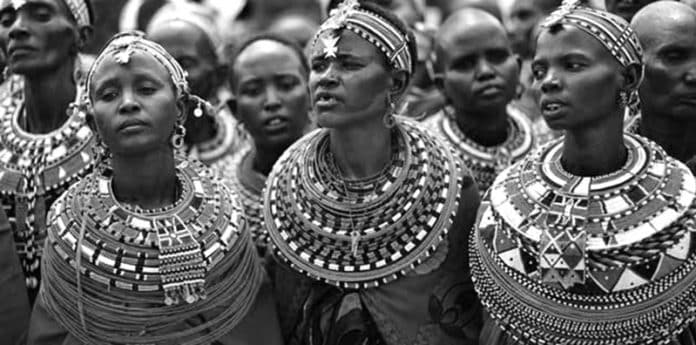What You Need to Know About Maasai Beads and Gems
All over the world, tribes are known for their clothing and decoration. The Maasai may be one of the most recognizable people in terms of styles and ornaments, bright colors, hanging gemstones and eye-catching ornaments. The Maasai make elaborate portraits of young brides adorned with Maasai beaded bangles, elaborate necklaces, necklaces that move rhythmically while dancing, headpieces that accentuate the face, and brightly colored Maasai beaded bracelets neatly tied in front of their hands. However, when The Maasai have been widely recognized for their beadwork, very few westerners have taken the time to understand the history, symbolism, and social significance of their craftsmanship.
What are Maasai Beads Made of?
The History of the Maasai and the Craftmanship of Beads and Jewels
The work of making Maasai tribe beads became popular after 1900 when the Maasai began doing business with Europeans around Kenya and Tanzania for beads made of glass and plastic, but it has always been an integral part of their culture. Traditionally locally produced raw materials such as seeds, leather, copper, bones, pumpkins and wood were used in the craft. Maasai women have always lived together in their daily responsibilities of caring for children, milking cows, cooking, and building houses and animal pens by sitting together and making Maasai beaded necklace ornaments. To this day, beadmaking is an important way in which women demonstrate their social understanding and creative ability.
The Importance of Making Maasai Beaded Jewelry and Standard Beads
Gems are created more for their beauty, which is a very important factor in Maasai culture. But decorative gems as well

are made and used in the Maasai community to symbolize special relationships, such as young couples hoping to marry, or on special occasions, such as a successful lion hunting ceremony, or are worn in one of many ceremonies, such as Maasai wedding ceremonies, naming ceremonies, or warrior ceremonies, which shows the success of passing through the chain of life of the Maasai.
Maasai Beads Meaning of Colors and Gemstone Creations
If a woman creates a piece of jewelry that is shocking or unattractive, some women may ridicule her and quickly show flaws in her work. In this way, women learn the rules of making attractive jewelry, the authentic and historical Maasai beading techniques. This is important because the combination of colors and Maasai bead patterns relies on diversity and balance to create eye-catching gems. Color also reflects important concepts and elements in Maasai culture. Because the Maasai are traditionally pastoralists, many color symbols are related to cattle.
For example, red symbolizes danger, severity, bravery, strength and especially unity, because it is the color of the blood of a bull that is slaughtered when the community gathers to celebrate.
The color blue is important because it represents the atmosphere that provides water to cattle.

The color green is important because it represents the land that grows food for cattle to eat. The green color also represents the health of the Maasai community because there is a native plant called Olari that grows tall and thick, the Maasai hope they become that way too.
The pumpkin that holds the milk that is served to guests is orange, and so this is the color of hospitality.
The yellow color also suggests hospitality because it is the color of animal skins present in guest beds.
Because white is the color of milk, which comes from cattle, which is considered by the Maasai as a pure and holy animal, white represents purity. White also represents health, because it is the milk that nourishes the community.
The black color represents the color of the people but more important is the difficulties that we all go through in life. It is suggested that difficult times happen to everyone because such problems are part of the sequence and realities of life.
For more articles on the Maasai tribe click here!


































